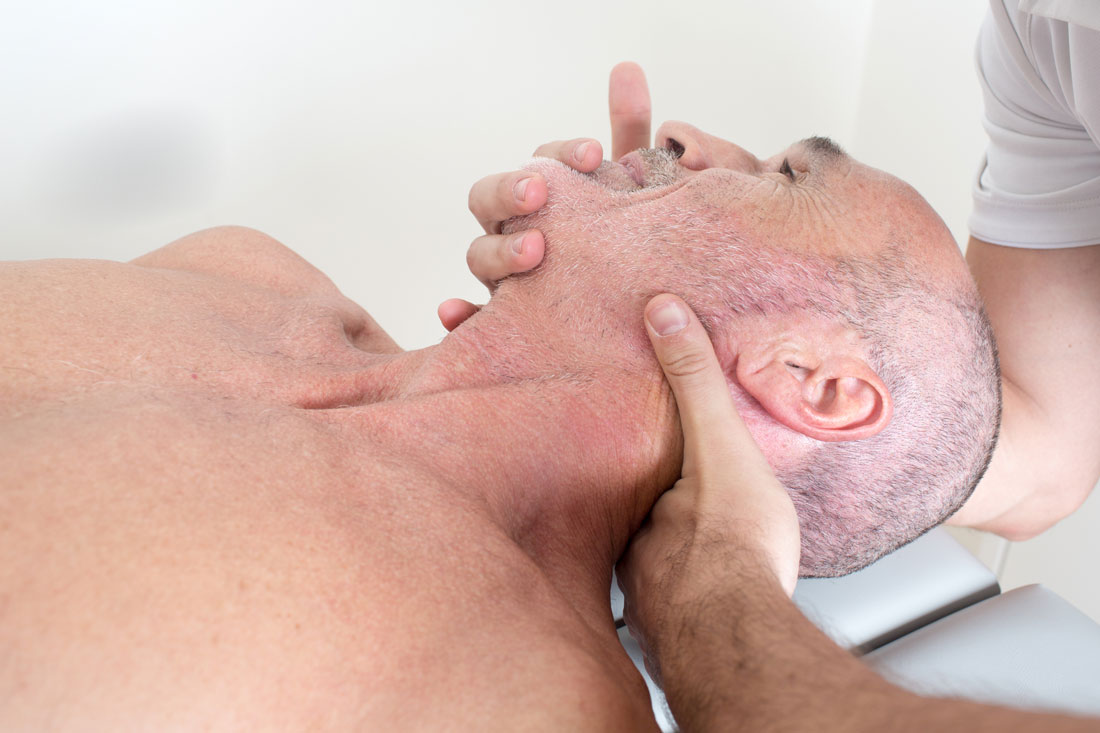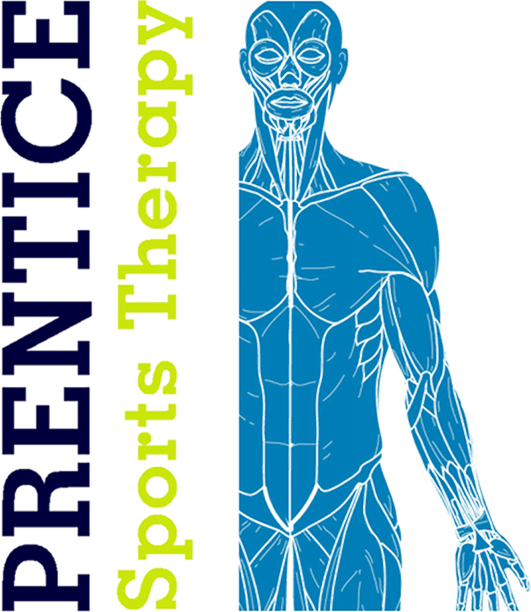What is Manipulation Therapy?

Manipulation therapy is a type of manual therapy that is practiced worldwide by health care professionals in various specialities, such as osteopathy, chiropractic, to treat musculoskeletal pain and disability (Rubinstein et al., 2011). The therapy uses drug-free, non-surgical techniques to reduce joint pressure, improve joint range of motion, restore muscle and tissue balance, promote body fluid mobilisation, decrease inflammation and enhance nerve function (Di Fabio, 1992; Cyriax, 1973).
Historically, manipulation is one of the oldest forms of manual therapy. It has been widely practiced in many cultures for thousands of years, to effectively treat a variety of musculoskeletal ailments. The earliest record to the practice of spinal manipulation is found in China, which dates back to 2700 BC (Waddell, 1996).
